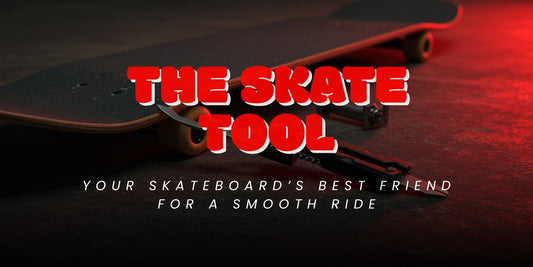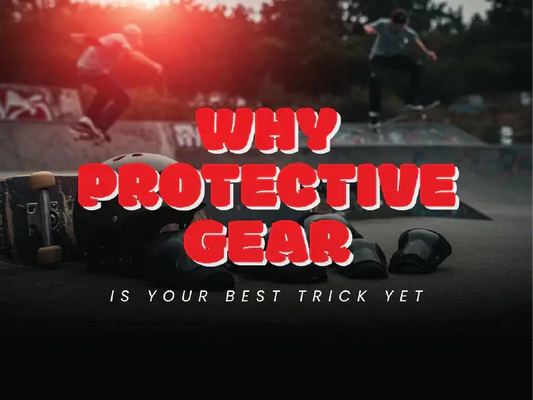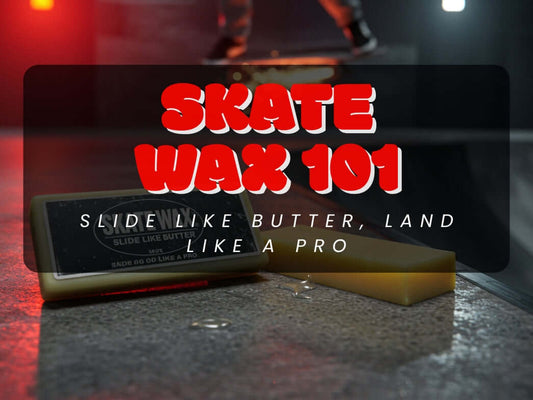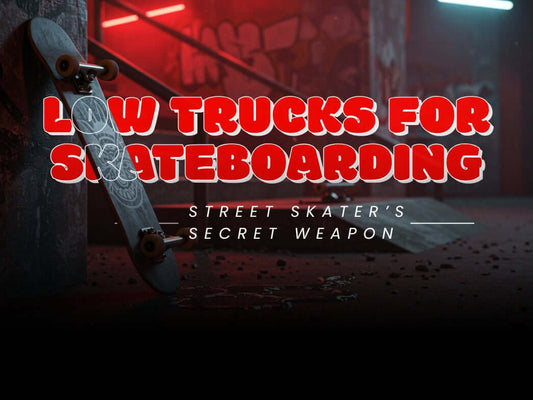
Ever held a trading card you thought was your golden ticket, only to wonder if it’s just shiny trash? Whether you're chasing a rare Charizard like it’s the Holy Grail or hunting a vintage Magic: The Gathering card that screams MTG OG status, spotting fakes is a must. Nobody wants to drop serious cash on a card that’s about as real as a reality TV plot twist.
I learned this the hard way when I snagged a “deal” online—spoiler alert: it was faker than a Demogorgon in daylight. So, how do you make sure your collection’s legit? Let’s dive into the tricks of the trade with some street-smart tips and collector-level insight.
Why Authenticity Matters

A real trading card is more than cardboard—it’s a slice of your childhood, a collectible flex, or even an investment. Fakes? They kill the vibe, drain your wallet, and hurt the hobby.
As one collector said on X, “You can spot a fake just by the smoothness under a scope”—but you don’t need fancy lab gear. Here’s how to keep your collection 100% real.
Step 1: Feel the Vibe—Check the Cardstock

Authentic cards have a certain feel: slightly textured, firm, not too thick or glossy. Fakes? They’re often flimsy like printer paper or slick like dollar-store plastic.
Pro Tip:
Hold your card up to a flashlight. Genuine cards are dense and block most of the light. If it glows like a haunted lantern, it’s probably a fake.
Step 2: Zoom in—Print Quality Tells All

Fakes often slip up on the details:
Fonts & Spelling: Pokémon’s signature font is hard to copy. If you spot missing accents ("Pokémon" spelled without the é) or typos like "Charzard"—that’s a red flag.
Color & Image Quality: Real cards are crisp and vibrant. Fakes may look faded, tinted weirdly, or blurry.
Holo Foils: Authentic holo cards have specific shine patterns and textures—especially full-art cards. If the shine looks flat or the texture’s missing, beware.
Collector Hack:
Use a magnifying glass or jeweler’s loupe to check the print pattern. Real cards have a rosette or “honeycomb” of dots. Fakes? Blurry dots or no pattern at all.
Step 3: Flip It—Check the Back Design

For Pokémon cards, look for:
-
Deep blue borders
-
Sharp swirl pattern around the Poké Ball
-
A darker “splotch” in the light blue section
MTG cards? Make sure the colored dots are centered and lines are crisp. A blurry, off-center back is a dead giveaway.
Step 4: Size & Weight—Specs Don’t Lie

Official Pokémon and Magic cards are exactly 2.5” x 3.5” (63mm x 88mm). Fakes may be slightly too big, too small, or unevenly cut.
Weight can also help. MTG cards typically weigh about 1.76 grams. Fakes might be lighter (cheap paper) or heavier (poor-quality layers).
Step 5: Light It Up—The Flashlight Test

Grab a blacklight or flashlight and channel your inner CSI:
-
Real vintage Pokémon or MTG cards usually block light and show a dull purple tone under UV light.
-
Fakes may glow bright blue under blacklight due to optical brighteners in the paper.
Note: Newer real cards may also reflect some light, so don’t rely on this test alone.
Step 6: Check the Deets—Stats, Symbols & Text

Fakes often fumble the small stuff:
-
For Pokémon, check HP stats, set symbols, and moves.
→ Example: Copperajah VMAX maxes out at 340 HP. If yours says 400? Total sus. -
For Magic cards, verify mana cost, card text, and expansion symbols against the official database.
Blurry, misaligned text or made-up stats? You’ve got a faker on your hands.
Step 7: Trust the Source—Shop Smart

If a deal seems too good to be true... it probably is.
A $10 booster box online? Likely fake.
Listings using terms like “authentic reproduction”? Big red flag. That’s just marketing for counterfeit.
Always buy from trusted sellers and official platforms.
At Alcostashop.com, we take authenticity seriously. Every card we sell is carefully inspected to make sure it’s 100% legit—no knockoffs, no gimmicks, just the real deal.
Final Thought
Fakes might fool your eyes, but they can’t fake the facts. Learn to trust your senses, double-check details, and shop smart. Your collection deserves better than second-rate counterfeits. Because in the world of trading cards, real is rare—and rare is real.








